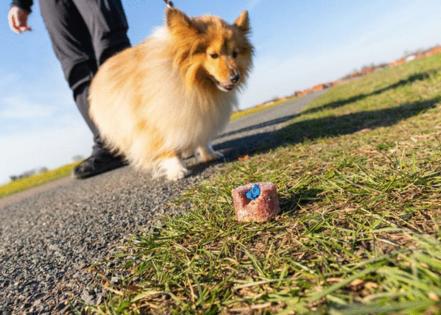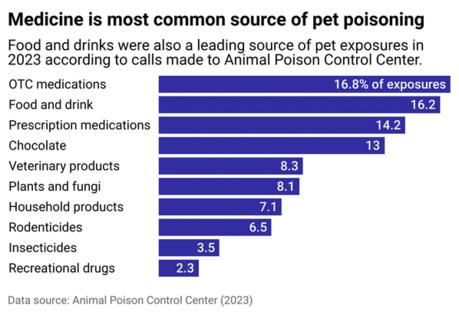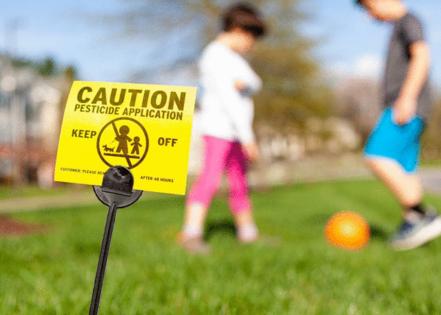The ASPCA received calls about pets being exposed to more than 350,000 toxins in 2023. Here's how to keep yours safe.
Published in Cats & Dogs News
Most pet owners can relate to the dreaded moment their pet swallows the forbidden object in their mouth. Whether rummaging through trash bins for snacks or chewing up a bottle of pills they nabbed from the counter, pets are not always the best health advocates for themselves.
Of course, not all pet poisoning cases stem from sneaky behavior. Animals can be exposed to toxins in their surrounding environments via lawn and pool chemicals or given dangerous medication and food by well-meaning but uninformed owners. Additionally, pest control substances, often designed to attract live creatures, sometimes appeal to pets through the addition of sweet ingredients, such as bran and molasses added to the slug bait metaldehyde.
In 2023, over 400,000 beloved pets' ill-advised snacking choices spurred their owners to contact the American Society for the Prevention of Cruelty to Animals' Animal Poison Control Center. To determine how to keep pets safe, eTailPet mapped pets' exposure to toxins in 2023 using ASPCA Animal Poison Control Center data.
Since 1978, APCC has offered 24/7 emergency veterinary helpline assistance to pet owners concerned about potential poisoning, providing advice, guidance, and referrals. For the past decade, the organization, alongside veterinary toxicologists, has compiled its yearly data into a report outlining the top 10 toxins that led to hotline calls and any relevant trends.
Visit thestacker.com for similar lists and stories.












Comments